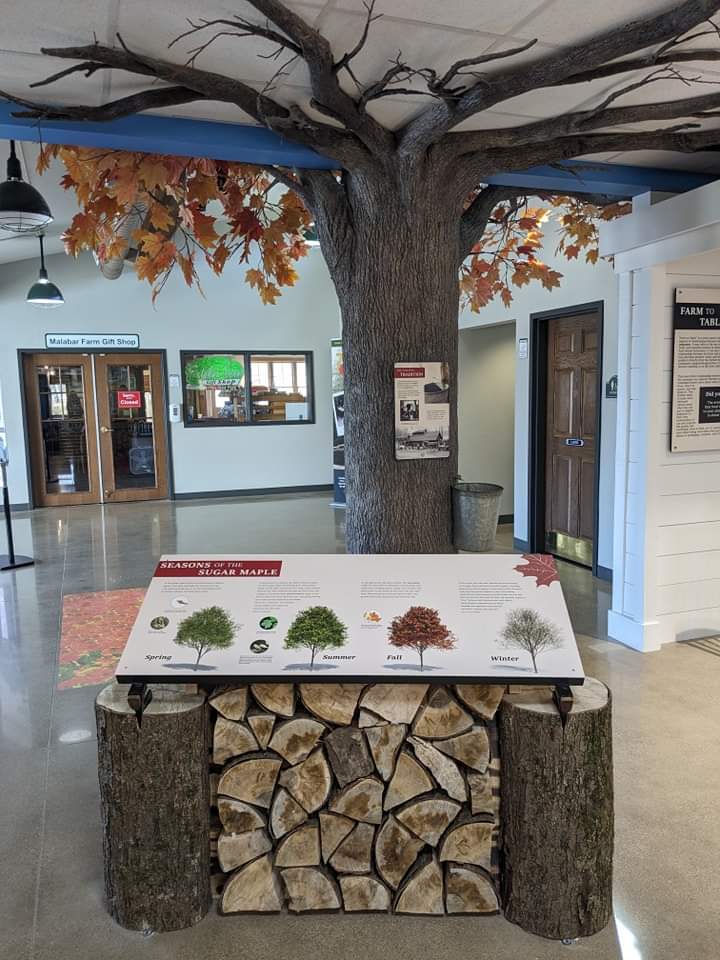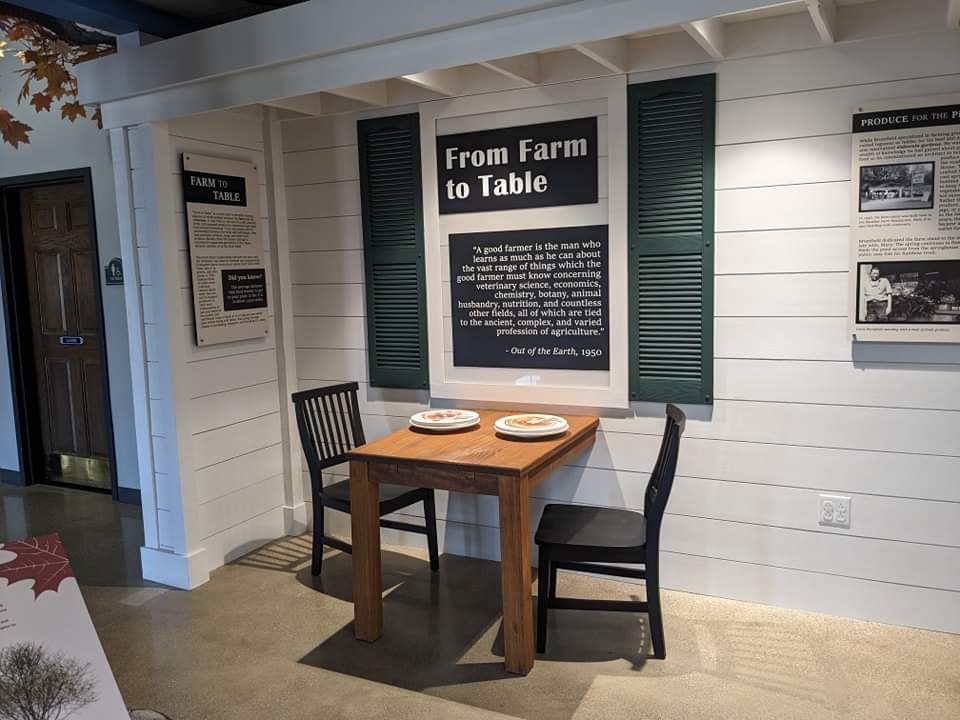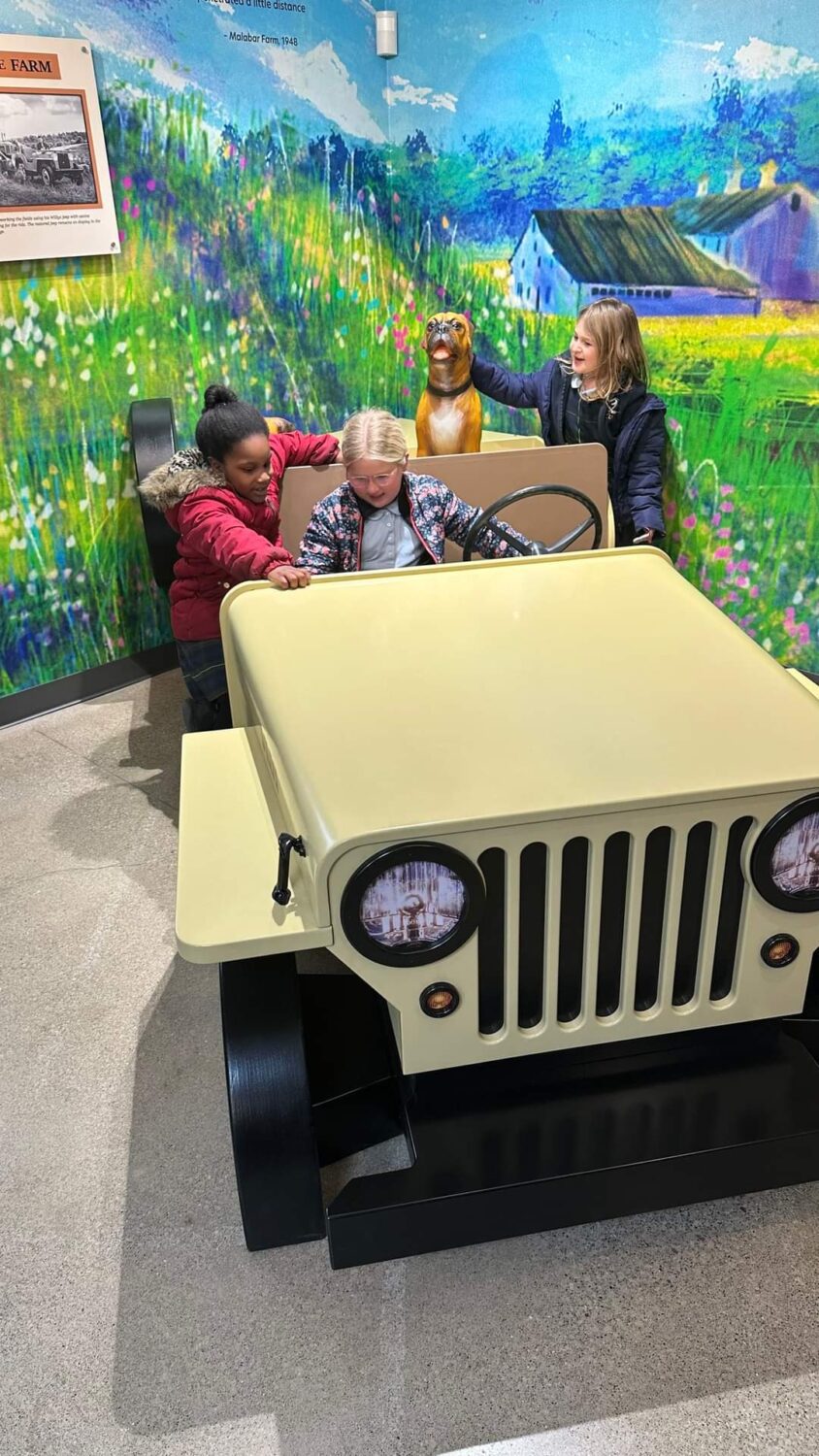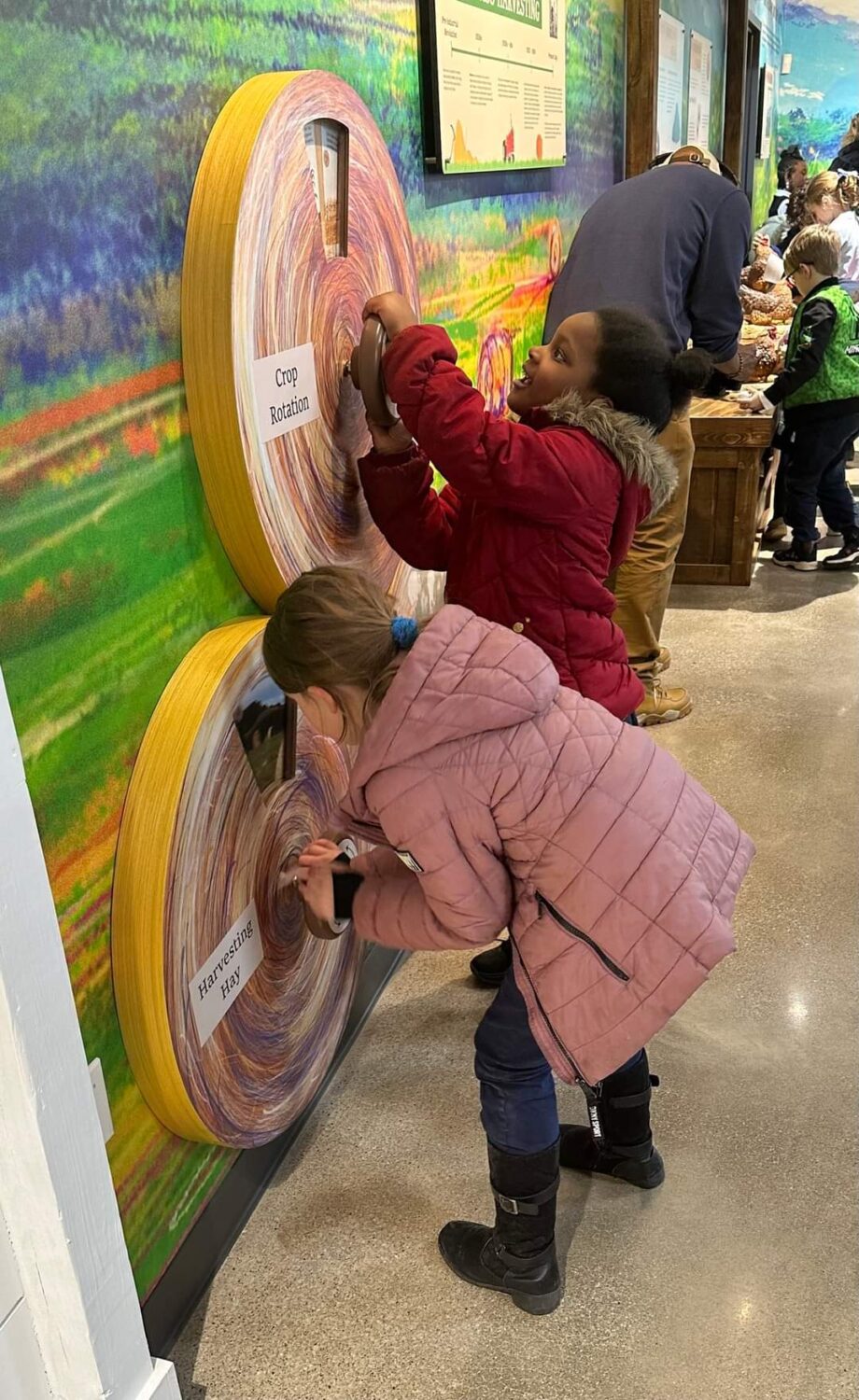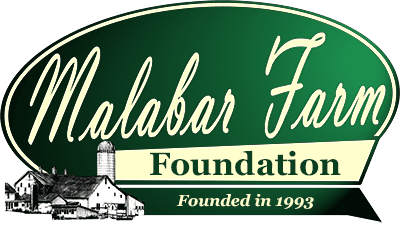A variety of educational and informative exhibits are part of the Visitor Center complex. The center is a great place to start your journey to explore the farm and learn about the Life and Legacy of Author and conservationist Louis Bromfield and Malabar Farm.
The newly renovated exhibit hall in the Visitor Center will allow visitors to connect with nature and learn about environmentally friendly farming. Visitors will love the interactive displays that highlight farming and Bromfield’s unconventional farming practices as well as the area’s natural and rich cultural history. This was made possible through support from the Ohio Department of Natural Resources, donors, friends, volunteers, and the Malabar Farm Foundation.
